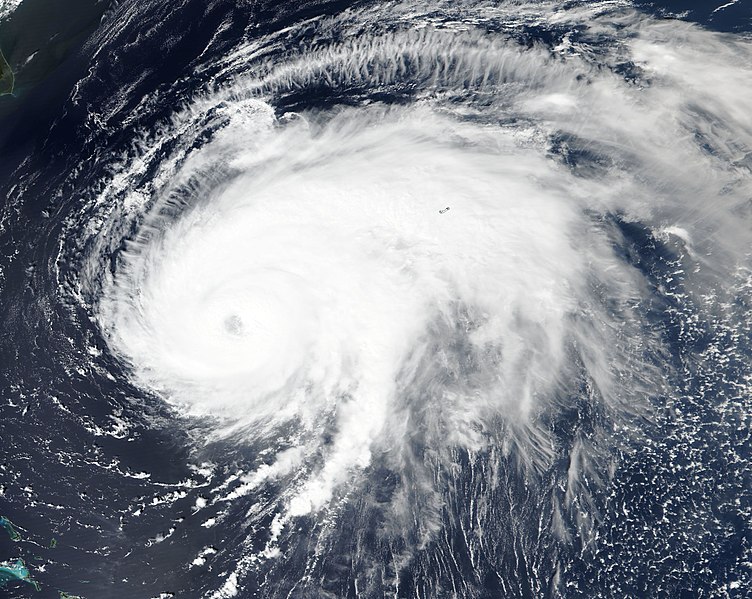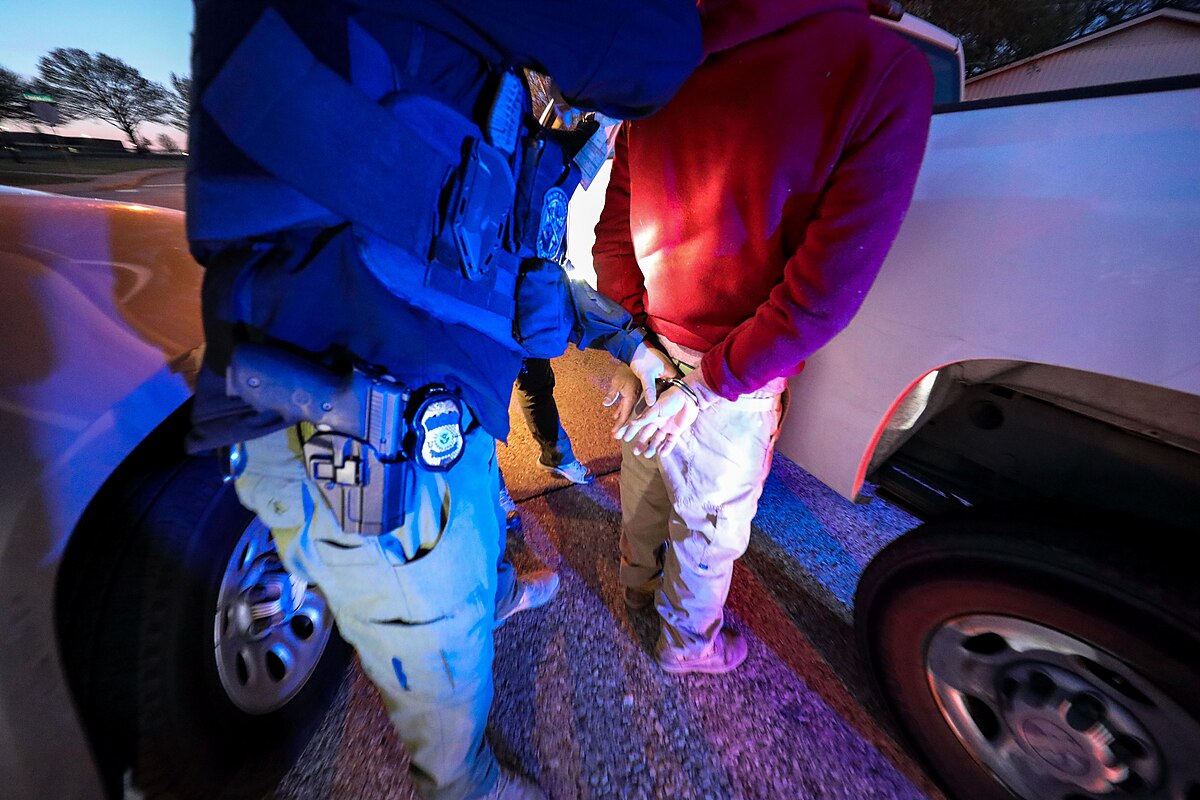- 14 3402-5578
- Rua Hygino Muzy Filho, 737, MARÍLIA - SP
- contato@latinoobservatory.org
 Wikimedia Commons
Wikimedia Commons
On Sunday (9/18) Hurricane Fiona left most of Puerto Rico without electricity, causing catastrophic flooding and landslides on the island before hitting the Dominican Republic, according to a government agency.
The new disaster comes five years after the passage of hurricane “Maria” that devastated the island and left hundreds of thousands of people homeless, in addition to killing almost 4,000 Puerto Ricans. The storm brought on by Fiona ripped the asphalt off the roads, destroyed a large road bridge, submerged cars and caused flooding that raised the riverbanks to 6 meters in just a few hours. The ports were closed and flights from the main airport canceled, according to a publication by the Reuters agency.
On Sunday night, aid agencies in the Dominican Republic began evacuating residents of high-risk areas in the east of the country. Dominican leader Luis Abinader has postponed a trip to New York to attend the United Nations General Assembly, while in schools the start of the school year has been postponed.
According to the National Hurricane Center, the center of the storm hit the southwest coast of Puerto Rico, near Punta Tocon, at 3:20 pm local time, with winds reaching around 140 kilometers per hour.
Carmen Yulín Cruz, former mayor of San Juan, said on Twitter that many believed the rainfall was worse than Hurricane Maria in 2017.
Power began to be restored in some areas late on Sunday, officials said, but reconnecting the entire island would take days.
Electricity had completely run out on the entire island of 3.3 million people, said LUMA Energy, the island's grid operator and Puerto Rico's energy authority.
“Puerto Rico's grid remains fragile after Hurricane Maria in September 2017 caused the largest blackout in U.S. history. In that Category 5 storm, which killed more than 3,000 people, 1.5 million customers lost electricity with 80% of power lines knocked out. Thousands of Puerto Ricans still live under makeshift tarpaulin roofs”.
“U.S. President Joe Biden approved an emergency declaration for Puerto Rico on Sunday, authorizing the Federal Emergency Management Agency to coordinate disaster relief and provide emergencyprotective measures”. Authorities opened more than 100 shelters and closed beaches and casinos.
Also according to the publication, “One death tied to Fiona has been reported so far, in the French Caribbean island of Guadeloupe. Authorities said a man was found dead on Saturday after his house was swept away by floods. France will recognize a state of natural disaster for Guadeloupe, President Emmanuel Macron said on Twitter on Sunday”.
By Wednesday, September 21, Hurricane Fiona had
already evolved into a powerful “Category 4” storm. As CNN Brasil pointed out, “on its way to Bermuda after hitting Puerto
Rico, the Dominican Republic and the Turks and Caicos Islands with heavy rains
and flooding, a US government agency said.”











